REVIEW – What Hideo Kojima represents in gaming is storytelling and cinematic art. Each and every one of his game’s stories ooze perfection – even the disjointed and heavily cut Metal Gear Solid 5 has moments of perfection never achieved in video game history. This is especially true for Death Stranding, which has an original, gloomy and exciting sci-fi world rich philosophical theme of birth, life, death, spirituality. Still, is this enough for a good game?
When you approach Death Stranding, you’ll have to ask yourself: what do you expect from the tired genre of open-world games? There were so many Assassin’s Creed, Grand Theft Auto, Far Cry and other titles of this genre which was done to death, that it must be a truly original, and yet, satisfying open-world experience to rival those games. It must be not only totally different but also highly enjoyable so that we can say, that the legendary game maker, Hideo Kojima made something truly unique, a masterpiece, right?
The world as you cross it
I do not know how many times, in one of these worlds, I have crossed a mountain range, a river, a stony environment without paying attention to where I stepped. Sometimes, even, on the back of a horse creating some somewhat ridiculous scenes climbing mountains.
These worlds are beautiful, but facilitating their exploration too much, I think we turn the experience into a camouflaged menu, in which the only thing that matters is what happens in A and B, while the road is a mere process to go on a mission on the mission.
Therein lies one of the great values of Death Stranding. Press R1 to activate your Odradek, that little robotic arm that protrudes from the shoulder, and you can see a surface scanner in full detail and divided by colours to indicate the complexity of travelling through each area.
Everything other than the mainland requires a smooth and precise control of the direction and speed. You cannot cross a rock as if it were not there, nor climb a mountain as if you were crossing a meadow. You must adjust the speed, the weight of the equipment and the rotation of your body. The consequence of all this is that the control of Sam Porter Bridges is more similar to what we might call a simulator, in which every detail matters, because what is relevant, more than A or B, is what happens along the way.
Still, the question, whether is it fun or not is totally up to you. Guiding someone with tons of weights on his shoulder and stumble all the time maybe isn’t your idea of having fun. Frankly, at that start of the game, it wasn’t mine either. I swore all the time at the makers of the game: how stupid all this idea was to simulate the struggling of someone with such a masochistic work. Then, I gradually understood what the game is about.
Death Stranding, Kojima’s new journey
Death Stranding is a trip. Kojima Productions seems to have subverted the primary idea of how a mission should be. If the general principle of any task is to give us enough incentives to accomplish it, the important thing here is to consider how we are going to transport the cargo from one place to another.
The little stories, let’s say, are shaped according to the accidents you have in the course of the mission. To me? Everything has happened to me. I have lost all my burden for not holding the reins well in a river. I miscalculated a jump. I stumbled. I ended up rolling down a hillside, with all the packages scattered across the mountain. It is these moments, those that will only happen to you — the so-called systemic narration — that do not seem to attend to any game, which I think you will remember most because Death Stranding is a game of moments.
Not all of these moments happen because of road accidents, but simply because of walking. Take a breath in an overpass being amazed by the landscape. Reach a new city while playing a new song. Place a ladder that saves you at the last moment. Thank that rope that someone more foresight than you left in place … Without realizing it, you have spent tens of hours touring this disjointed America, paying attention to every stone in the road, preparing well the load and the equipment that you consider best to carry. It was then that I stopped to think of two significant facts: it is the first open-world that I have practically engraved in my head, knowing each area inch by inch; and, during the first tens of hours of play, he had not yet fired once.
Death is serious business
There are two circumstances to take lightly. The reason we go through many open worlds without them going through us is precise that everything happens in A or B or C, but the road is a mere process. But even more curious is how Hideo Kojima and his team have had a clear philosophy that aims to avoid killing in a video game. You see, in the world of Death Stranding, death is something very serious. In the first chapter of the game, we already have in mind that a corpse cannot be left untreated, due to certain circumstances of the story. It is as if Kojima had wanted to establish strong rules in his world that we also had to respect in the gameplay.
And so the action, although there is, is not the most important thing of the video game – although there are specific moments in which it is, and much. Death Stranding is, in short, a full exploration game with construction mechanics — or crafting — that sometimes shares a closer relationship to computer survival games than to action adventures. In short, something that is not usually seen in big blockbusters.
That also leads to a basic problem of the game: when you are at the heart of the combat against humans or the strange, otherworldly beings, the action sequences are pretty basic and not really sophisticated at first and they only get a bit better (but not completely satisfying) later, with different weapons. There are specific action parts in the game, but they are moderately good at best. Since the basic UI of the game is still about having heavy crates on Sam’s back (with the weapons in them) fighting with them becomes cumbersome. Yes, stumbling all the time and taking care to not to fall is essential to the “walking simulator” part of the game, but it should become irrelevant to the shooter sequences. However, when those third-person-shooter sequences occur, you usually still have the weights on your shoulder which is one thing, but to counter the difficulty of all that, the fighting and shooting mechanics and the combat itself are very basic, with the simplistic aim and weak enemy AI, and only moderately good boss fights. While I understand, that essence of the game is not about combat, still as whole, when those sequences occur, it should be better.
I’m gonna get myself connected
Crafting is not the deepest section. Do not expect a wide range of game constructions such as The Forest or Subnautica, since it is much more permissive, but use these constructions always to make the road more comfortable to travel, especially from the second time, or to favour interaction with other players. Although the embargo of the game is long gone and I could describe some advanced constructions, I have decided not to be very explicit here and not to talk about anything that we see well into the adventure and that has not been seen in the videos, because if something has Death Stranding it is the ability to surprise with many of these creations.
So, in the most basic we find mailboxes where to store extra load or to be able to exchange objects with some players, while others, such as bridges, require extra materials, such as metals or ceramics, to be built and improved. Later you can find some constructions and equipment that are truly useful and also fun and, better yet, encourage creativity and also cooperative work with other players through the asynchronous multiplayer.
I have enjoyed this way of building in the world, because I think that Kojima has managed to make his intention clear: everything is easier when we connect, both through the construction of a bridge, as in more advanced ways in which other players intervene. This idea of reconnection is present throughout the construction work, and does not function only as a message, but is integrated both at the plot level and through the game systems. It works as a whole, so harmonious that it has rarely been seen in the middle.
But going back to construction, I think we could have gone deeper into this whole section. I have had experiences in other more organic games, where the need to overcome an obstacle naturally leads you to find the necessary resources in other areas, and to get these resources a specific team was required, creating a chain of needs that here isn’t so well done nor is it so demanding. Instead of relying on our effort, as we move through the chapters of the game, we are automatically unlocking new materials.
Hit the road, Sam!
But let’s go back to the reconnection because it is important. The possibilities are opened in chapter 3 of the game and one of them is the construction of a road. The road is a structure that terraforms the land and opens a clear path, but also requires an exaggerated amount of materials. It is really an extra game, not something you need to do. However, I wanted to contribute my grain of sand in the construction of this road.
Along my way, I had left some ropes, stairs and bridges and I realized how the “likes” system worked. Other players could see some of my constructions or equipment, and if that rope or that ladder had really served them, they can give you a good handful of Like – the system, to be precise, isn’t exactly as the likes of Twitter or Facebook, you can give several likes of a stroke. This “mechanics” has no concrete purpose. You will not get extra experience or money, mainly because there is no money in the game. So why help anyone if you don’t get anything in return? Well, for the same reason that we upload images to Instagram, we put our thoughts on Twitter or in a comment here on the web. We really don’t expect anything in return, beyond feeling part of something bigger.
And I think that’s what Kojima wanted to capture with this asynchronous multiplayer system. To help you with the rope of another player, to thank you, makes you also want to participate and facilitate the way to other players. That’s why I started to build the road because it seemed like the definitive way to help others connect the different cities of this fragmented America. And I’m not going to fool you, I forced Likes. It did not change my physical game at all, they did not give me an extra item, nor a collectable, but I felt good every time the notifications told me that someone had used my road and, with it, more than probably I had drawn a lot of the map dangers. There was no need for a greater reward, and in an environment where everything seems to be measured by what we get in exchange for our actions, it is a true achievement that a system has been created that seeks to consider the altruism of the player.
This is often the case with Death Stranding: always look for a double meaning. Not only the fun implicit in their mechanics but arouse a latent emotion in the one who puts himself at the controls. And, for those of you wondering: no, this does not make our way easier the first time we play. The game is perfectly balanced so that on our first trip we do not see the structures of other players until each new point is connected. In the same way, everything in this world ages, and even the most used structures can be destroyed if they are not taken care of, another very symbolic way to explore our relationships with other players and the environment.
Despite my great experience with the road, it also made me think that Death Stranding has room for improvement. Some of the most advanced options of the game seem to be designed with a kind of endgame in mind, and although the possibility exists, since making deliveries we can complete the five stars of each of the cities and key points of the map, I think I have lacked incentives to continue enjoying the playable plane when the story is giving its last surprises, so somehow it feels somewhat wasted some of the most advanced constructions and equipment. Sam could have given much more of himself having paid more attention to this endgame. If you want to continue, you will be able to keep losing yourself in this world looking for some other collectables in the form of memory chips, for example, or discovering all the preparationists – people who live isolated in shelters – hidden in the game, but in my case, once the adventure was over, I lacked incentives to move on. Not surprisingly, I have already spent many hours in secondary activities, until I reached more than 70 hours with Sam. If you bypass some of the side missions (or trips) the first game can last between 45 and 50 hours. Even so, these secondary activities and commissions are more redundant and their sole purpose is either to obtain the necessary materials for advanced constructions or to complete the map 100%. That is, there is no narrative incentive to complete them.
In this online concept proposed by the game, I think it achieves its main objective: to make the player understand the importance of being connected. Everything in the game works best with the online system activated, although it is possible to play offline. You notice it every time you arrive in a new area. Not belonging to the network with which Sam is joining the cities, we will not see any construction of other players either and, therefore, the first trip is always the hardest; the most difficult, but also the most fun. And in my case, that even because of my way of playing I have always been a very lonely type of player, I have rarely enjoyed the online mode. It is not invasive, it does not bother and it is highly recommended to even play with a friend to see their constructions and also to comment on each of our movements.
Tomorrow is in your hands
At this point, many may be thinking why I have not made any reference to history, but it has not been an oversight. I think it is important to highlight an author who is well known for his plots, his screenplay and that has as description on Twitter that is composed of 70% of cinema, how much video game there is in Death Stranding. It is something that should not catch us by surprise, because in Metal Gear Solid V: The Phantom Pain we saw the saga amplify this aspect. With Death Stranding the same thing happens and a good part of Sam Porter Bridges’ journey is marked by this exploration component as well as the way to reach our destination by making various deliveries that we will make between the points on the map. The approach begins with a mission, much like those classic briefing of the Metal Gear saga, explaining to Sam the need to take the chiral network, a kind of futuristic Internet, through the various disconnected cities in the United States. Having lost contact, you have to take a trip to the old fashioned way.
This journey is interspersed with abundant cinematic sequences and is structured in chapters, named after each of the game’s characters. The plot begins abruptly, with the chaos of the world mired in catastrophe, with many of the characters always knowing more information than they have and we as players having to unravel this network where the concept of death and life is always the absolute protagonist. Kojima has created a universe of its own, of those that give for several re-readings and interpretations if you want to connect all your wires, but also, and I think much more important, he created a story that strikes at a more primary level. It is at times when Kojima appeals more to our human condition where the story, centred on the character played by Norman Reedus, Sam Porter Bridges, most impacts the player.
It is also a story that, either by its originality or by its way of telling it, has moments that demand a lot of attention from the player, because they can be convoluted. Sometimes more than the bill. Kojima seems to give real tricks to tell some of its most differential segments. It is not something new in Japanese. It is the equivalent of Metal Gear Solid 4 proxies or vocal cord parasites in The Phantom Pain. That narrative agent that crashes the first time and that little by little we are assimilating, not without reservations. Even so, I found it less messy than these examples of his previous works and is always accompanied by a lot of additional information to understand some concepts, while all the questions are perfectly closed in the final hours of the game. It is obviously very difficult to explain in detail without wanting to go into details of the plot but suffice it to say that the result is a satisfying, well rounded and emotional experience. Above all, it is a story that flees from the generic and is always above the standards that our environment offers today.
However, despite the fact that the plot always supports the whole work as a pillar, I think there are characters who have not taken so much advantage during the adventure and end up becoming blurred. It seems as if Kojima used them at a specific time to tell an aspect of the world of Death Stranding and, once he has used them, they are no longer relevant. Even having a good basic idea and an interesting conflict, sometimes the arcs of these characters do not close completely and their conflicts can be too open. I think it’s a real shame, because many of them are protagonists of some of the most successful scenes we have seen on screen and deserved better closures. Scenes made with mastery, originality, counting very interesting subplots and sometimes with those moments that break the fourth wall that the Japanese likes so much. This has its climax in one of the villains of the game, which although it has charisma and presence on the screen, it has no point of comparison with the quality used by the Japanese author when creating good antagonists.
Still, the story of Death Stranding is the leitmotif of the video game. It will make you participate in an original universe, which overwhelms you with the number of ideas that underlie the phenomenon of Death Stranding and that always make you reflect beyond the world that it proposes, to make it our own. About the way we have as a society to relate and how we are building the future,the ties that bind us and how in a world so hyperconnected we can feel sometimes more alone than ever. It is, in short, an existentialist story about the human being and his passage through this world and that is something that the videogame hopefully explores more because this type of narrative complexity is missed. The least achieved points that I have mentioned are always derived from this desire to always cover more, to try to go further instead of offering something simple and already explored. Of course, there are elements that I think Kojima could improve and I want to explore them in-depth now because they would have surprised me if it were not because they are direct inheritance of some of the most controversial ideas we saw in his previous work.
An opportunity to reconnect
Death Stranding impacts for many reasons. His way of understanding exploration, making efforts to climb cliffs, cross rivers and climb mountains is truly special. But I think that the same effect would not have been achieved if it weren’t for the spectacular visual work behind the work and that demonstrates how powerful the Decima engine created by Guerrilla Games for Horizon Zero Dawn is. The natural landscapes that we will find make our dream of what we will find in the next generation since each rock, grass or river looks in a truly hyperrealistic way.It has a trick since the lighting of the game is not dynamic. There is no cycle day and night – there is meteorology. It is a decision in my right opinion because it would be too difficult to travel this world in which you have to pay attention to every imperfection of the land if it were too dark. Therefore, it has been possible to take advantage of this lack of dynamic lighting that consumes resources to create a much more detailed scenario. Really, I don’t know how to highlight how much it impresses to go through its mapping. It is necessary to play it to understand it.
The work in the audio is also equally careful, since the game has the own voices of the actors, while in the version dubbed into our language a very good work has also been done. I would recommend playing it in the original version, because nuances in translation and interpretation can be lost, especially some important characters, but in general the localization work works well, above average. The musical aspect is of equal quality. It would be unfair to say that it is thanks to the licensed soundtrack of groups like Low Roar or Silent Poets, but especially the first one that has more than ten songs, because the work of Ludvig Forssell in the original soundtrack is immense, with some pieces that make the hair stand on end and transmit as much or more than the images. Remember: Death Stranding is a deeply musical game, where the importance of this aspect is superlative. It would not be the same without those melodies that sound when arriving at a new city after a hard trip facing the dangers of the map, and it has themes that will pass to the musical pantheon of our environment.
They also emphasize the interpretations and recreations of the actors. Not only because actors like Norman Reedus, Madds Mikkelsen, Lea Seydoux or Margaret Qualley have put their face and voice to Death Stranding , but because they have achieved some of the best facial animations seen in a game not only during the conversations but in the most subtle, powerful and emotional moments of the plot, that there are and many, and that is where the phenomenon of the disturbing valley – feeling too human a 3D representation despite being very realistic – was still raging. Death Stranding is one of the few games in which you always feel your very human characters, even when they are taken to the extreme.
A game about connections – still dividing gamers
Death Stranding is going to be talked about from many points of view because it is not a game that seeks consensus or appeals to the majority public. It goes against the fundamental idea that exists in almost all blockbusters: action games with combat mechanics, in which much of the approach is to eliminate enemies; instead, it focuses on deepening exploration and avoiding death at all costs. Both in that field and in the narrative, Death Stranding is brilliant. It seeks, in the background, to transmit other sensations to the player. If you’ve ever slowed down your character, just to let him walk while admiring the landscape, there’s a little glimpse of what Kojima Productions looks for here.
But stick with this. It is one of the few games whose leitmotiv, that famous reconnection, works at all levels, both in game design and its history, as in the visual and online mode. Kojima poses many – tens – of questions.About our role in society. On the role that Internet plays in our lives. About death About the past. About the future. The fate of our species and what we contribute to it. From the first kinematics of the whole game, we see a Sam who avoids human contact at all costs, the simple touch with another person and Kojima constantly asks the player if in this world so connected we have not lost some of that contact. It points so high in its narrative forms and its game formulas that it is difficult to contemplate everything. And yes, of course, that is why he makes other mistakes along the way. Their games always want to encompass so much that I don’t think they can ever be mathematically perfect, simply because of lack of time.
Not for everyone
Throughout this review of Death Stranding, I wanted to highlight its positive aspects and also what least convinced me. But that has only been my trip. One that in my case has hit me in ways I did not expect. But Death Stranding’s ability is to create as many different trips as players approach him. Show that video games can be brave, and in that bravery, not everyone will feel them the same. I have seen in his work, above all, authorship. An overflowing personality. A game that is not created from a mold, following explored formulas and that has already been shown to work, so much so that they have been repeated. Is it a new genre? That is something time and players must decide, although I personally do not think so.question the limits and boundaries of what can be created and told in a video game.
-BadSector-
Please support our page theGeek.games on Patreon, so we can continue to write you the latest gaming, movie and tech news and reviews as an independent magazine.
Become a Patron!
Pro:
+ A new way to approach exploration in the open world
+ The memorable story, deep and hard-hitting emotions
+ Graphically spectacular, both in-game and in the cut-scenes
Against:
– The final bosses are very basic, they are not up to Kojima’s previous work
– A lot of interesting information relegated to texts and emails to consult
– Combat is rather basic
Publisher: Sony Interactive Games (PS4) 505 Games (PC)
Developer: Kojima Productions
Genre: Open-world action
Release date: November 8, 2019
Death Stranding
Gameplay - 7.4
Graphics - 9.2
Story - 9.2
Music/audio - 8.4
Ambience - 8.8
8.6
EXCELLENT
Death Stranding seeks to reverse the concept we have of an open world, giving more importance to the road, to exploration, and paying extreme attention to every moment of that trip. Its history covers existential questions that we have rarely seen explored with this complexity in our environment, and always with the style of Hideo Kojima. It is a game that leaves an incredibly good ground in the narrative, as it hits the player's primary emotions while building a very personal playable formula, which flees from lethal action at all times. It has aspects to improve, of course, because the mission structure is simple, relying on the texts, while the moments of action (which has them) are not as round as the rest because it is not an action game. Kojima builds a different world.

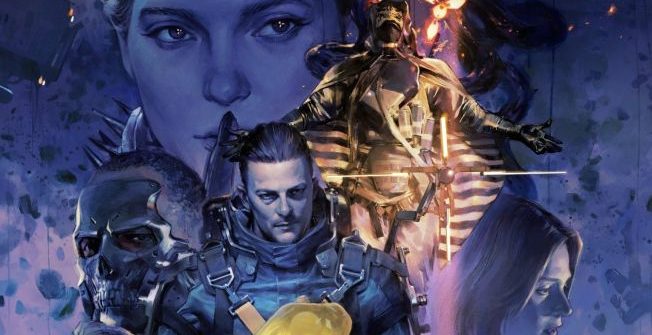

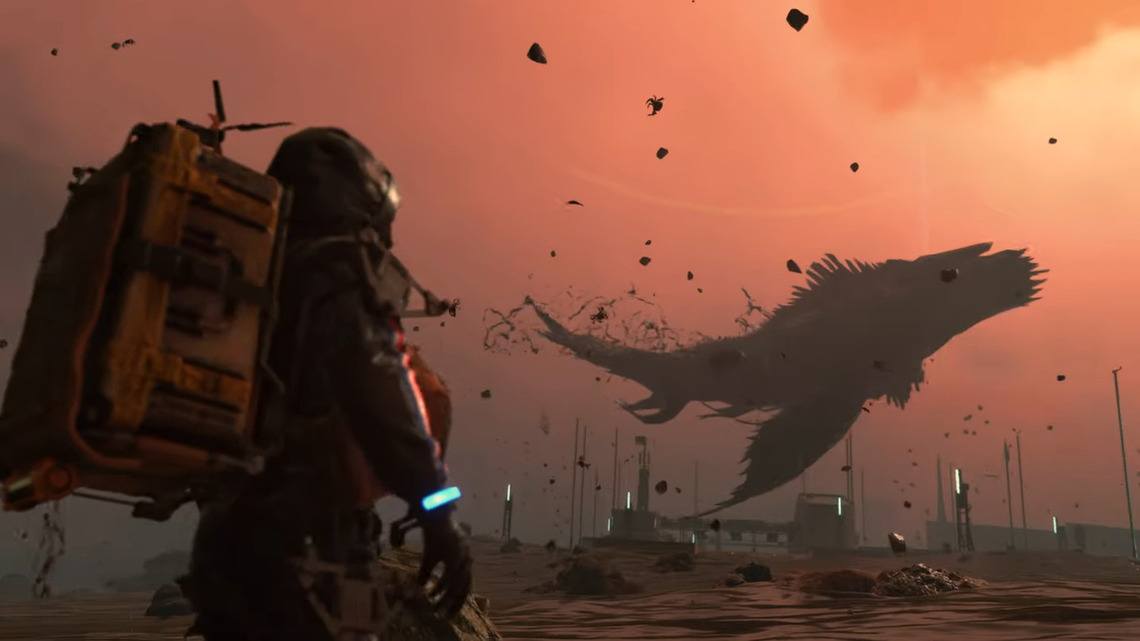

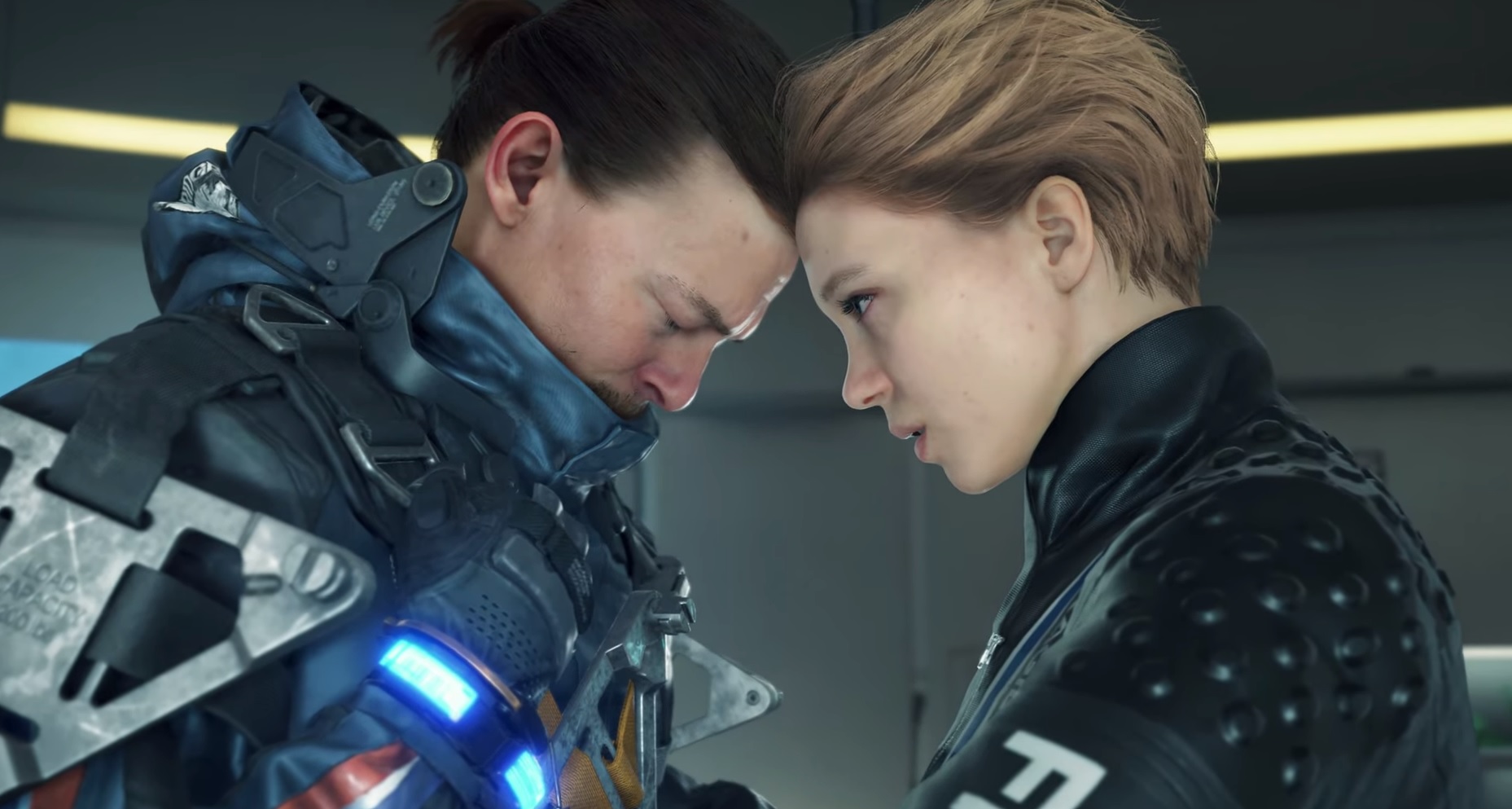



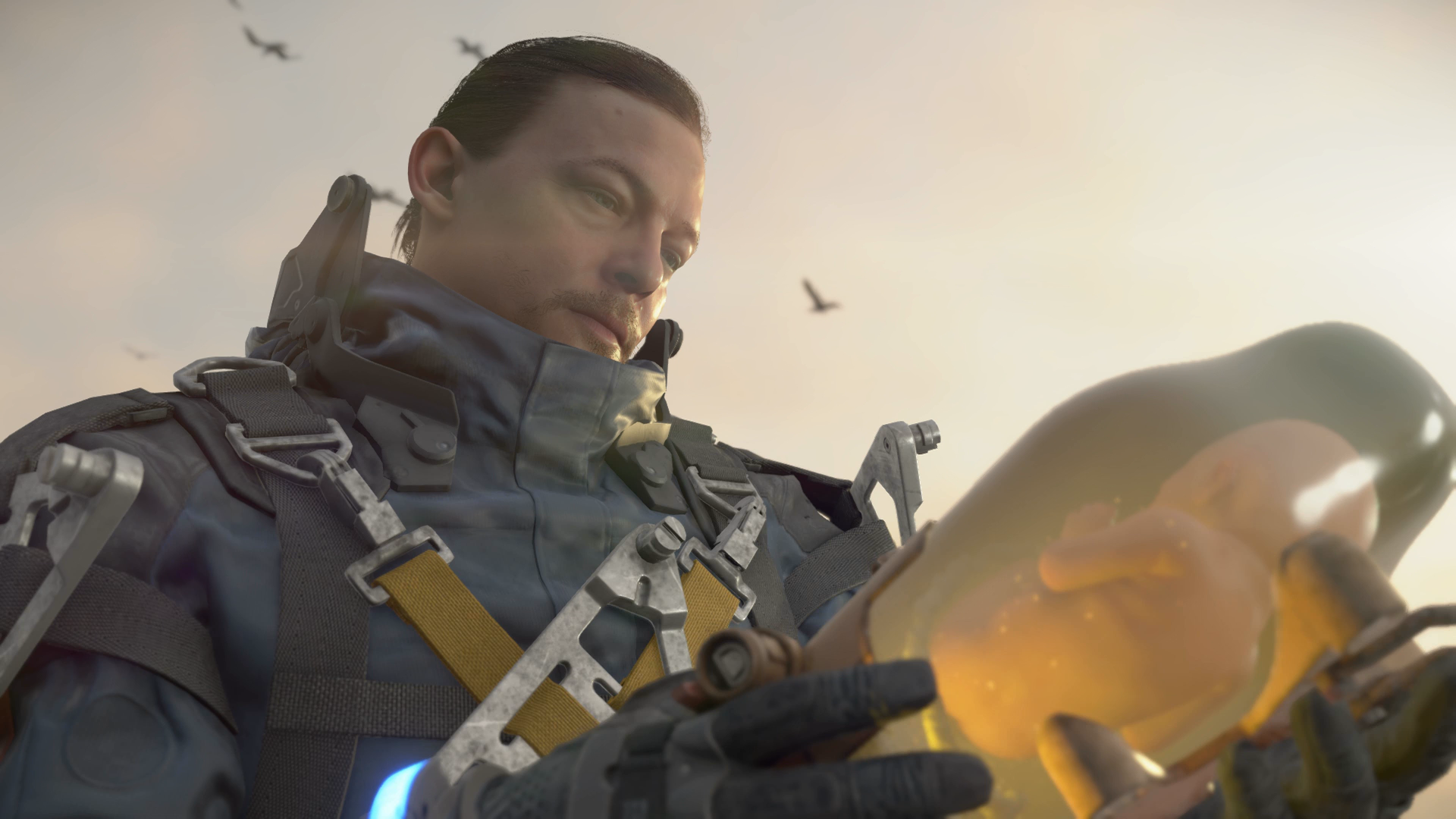
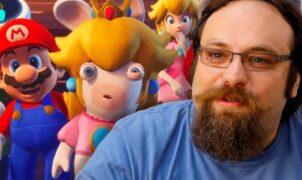

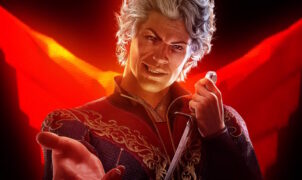
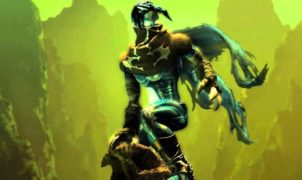
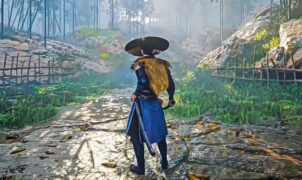
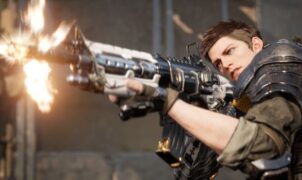
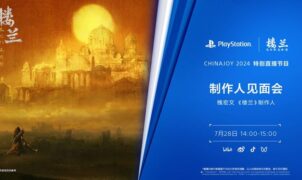
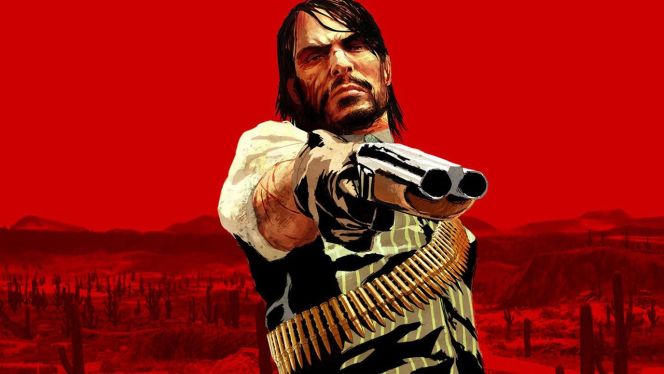

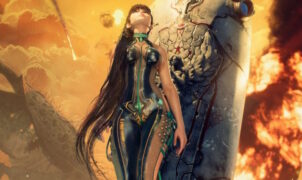




Leave a Reply